You’ve done the beach towns. You’ve hiked the national parks, dodged traffic in the scenic overlooks, and queued up at “secret” island spots that now have smoothie trucks and Instagram lines. This summer? We’re going further. This summer is about pure escape—about finding the places where WiFi fears to tread, where your body can breathe and your brain can finally go, “Ahhh.”
These aren’t just remote—they’re remote with purpose. We’re talking about hand-picked locations where you can truly go off the grid. Where to stay, what to eat, how to connect with local culture in slow, quiet, rejuvenating ways. From Arctic cabins to desert sanctuaries, jungly eco-lodges to island hideaways, here are 10 of the most soul-replenishing remote travel destinations to get away from it all this summer.

1. The Faroe Islands, Denmark: Where Silence Roars
Best for: Rugged landscapes, cliffside hikes, total isolation
Stay at: Hotel Føroyar – a turf-roofed hotel with panoramic views of the fjords
Eat at: Roks – a new Nordic seafood shack doing hyper-local, ultra-refined fare
This rocky archipelago floats halfway between Iceland and Norway, and yet feels like another planet entirely. Endless green cliffs, turf-roofed houses, fog rolling in like a ghost. The summer sun doesn’t set until almost midnight—and you might not see another traveler for days if you time it right.
The beauty here isn’t flashy. It’s stark, raw, and eerily cinematic. Take the ferry to the remote village of Mykines, where puffins outnumber people, and the lighthouse trail makes you feel like you’re walking off the edge of the Earth. Local buses are sparse, so rent a car and take the tunnels through mountains and undersea.
Skip the capital and base yourself in Gjógv, a village with fewer than 50 residents and a canyon that plunges into the North Atlantic. Hike the wild ridgelines, listen to puffins flapping in the wind, and let your phone die (there’s not much service anyway). The Faroe Islands aren’t just off the map—they’re off the mood board. And that’s what makes them magic.
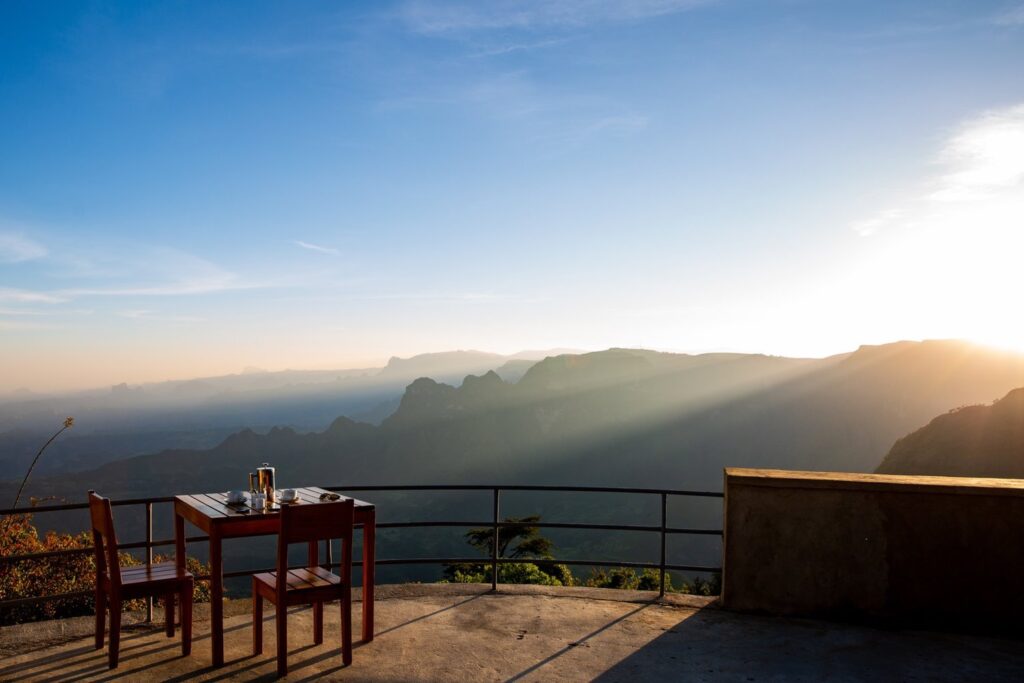
2. The Simien Mountains, Ethiopia: Above the Clouds
Remote Travel: Epic hiking, wildlife encounters, digital detox
Stay at: Limalimo Lodge – sustainable, solar-powered lodge on a cliff’s edge
Eat at: On-site: injera, lentil stews, fresh teff pancakes with honey
Up in Ethiopia’s Simien Mountains, you’ll find skies so clear it hurts. This UNESCO-listed range is remote, but reachable with a flight to Gondar and a 2-hour drive into the highlands. Once you’re up there? Forget 5G—you’re lucky if you get a bar of electricity.
Limalimo Lodge is your base for serenity, with hiking trails that feel biblical and troops of gelada monkeys that scream across the valleys like wild prophets. Guided treks can take you to viewpoints over sheer escarpments and waterfalls that plunge into the abyss.
It’s not just about the views. The Simien Mountains remind you of the scale of the Earth, and your place in it. Sunsets stretch forever. Stars feel closer than clouds. Time moves slower here, and you finally remember what a deep breath feels like.
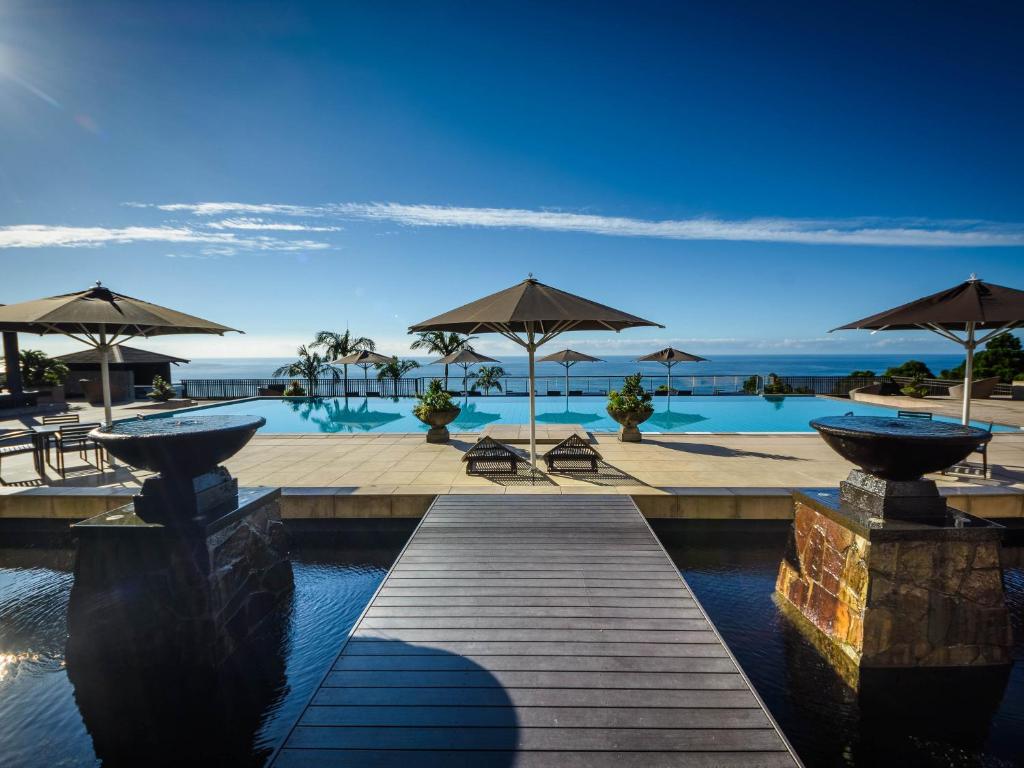
3. Yakushima Island, Japan: Forest Bathing for the Soul
Remote Travel: Ancient cedar forests, onsen soaking, off-the-grid zen
Stay at: Sankara Hotel & Spa – refined luxury in the middle of a rainforest
Eat at: Local yakusugi soba and flying fish sashimi at Ajisai
If Miyazaki’s Princess Mononoke had a real-world location, it would be Yakushima. This subtropical island is home to some of the oldest trees on Earth—cedars dating back over 7,000 years—and is a paradise for slow travel and nature immersion.
Hike to the mystical Jomon Sugi, a massive tree that feels like it holds secrets from the dawn of time. Stay in wooden inns with no WiFi and listen to rain pattering through the canopy. The whole island is a UNESCO biosphere reserve—and it shows.
There’s almost no nightlife here (unless you count the frogs), but days are for soaking in remote mountain onsen, hiking fog-shrouded trails, and “shinrin-yoku”—the Japanese art of forest bathing. You’ll sleep deeply, breathe slowly, and maybe even forget your own Instagram password. Which is exactly the point.
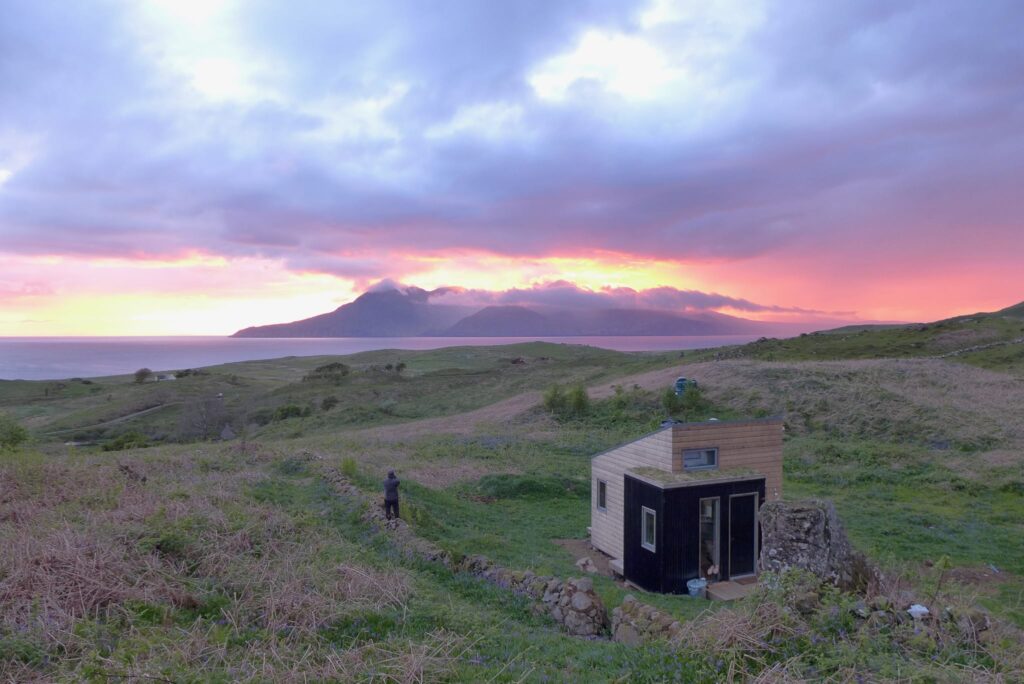
4. Isle of Eigg, Scotland: Tiny Island, Big Peace
Remote Travel: Wild camping, sea kayaking, Hebridean solitude
Stay at: Sweeney’s Bothy – an eco-shelter with no WiFi, just views
Eat at: Homemade curries and local seafood at Galmisdale Bay Café
This wee island in the Inner Hebrides is powered almost entirely by wind, water, and solar. It’s a no-frills, wildflower-strewn paradise with fewer than 100 residents and one ferry a day. Your entertainment? Watching the tides roll in and the seals nap on the beach. Remote travel perfection.
Kayak out to the Singing Sands, explore ancient caves where locals once hid from raiders, and fall asleep to the sound of seabirds. The island’s community-run initiatives have made it a model of sustainability.
Book a few nights in a bothy (Scotland’s answer to a rustic cabin), and kayak the coastlines, hike to the top of An Sgurr, and pick mussels straight from the sea. Eigg is where the volume knob on life gets turned all the way down.
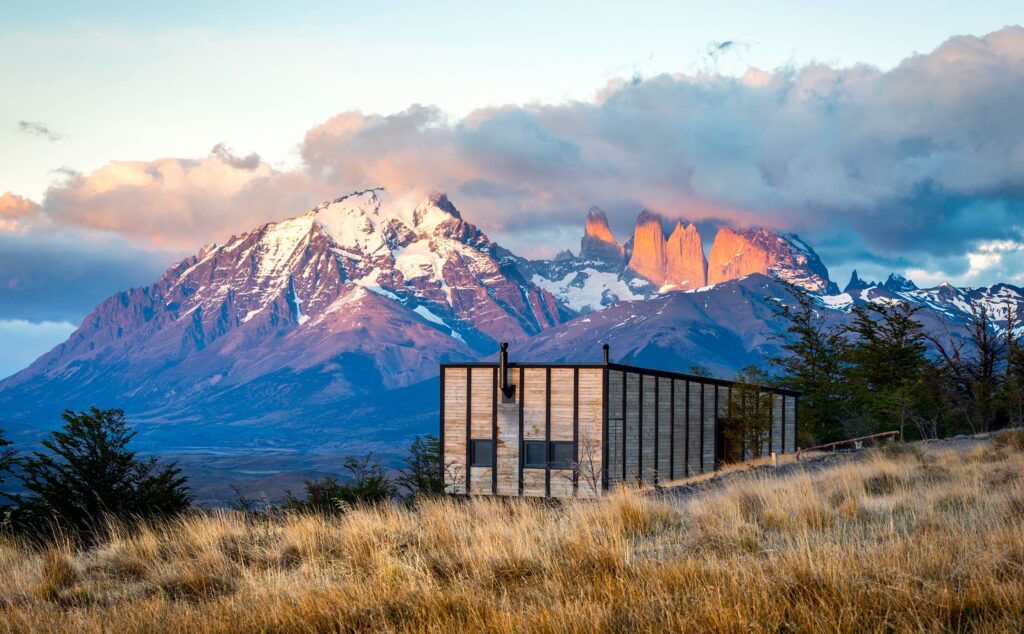
5. Torres del Paine, Chile: Patagonian Heaven
Remote Travel: Mountainscapes, serious hiking, total wilderness immersion
Stay at: Awasi Patagonia – private villas with wood-fired hot tubs
Eat at: Farm-to-table Patagonian fare at the Awasi lodge restaurant
Yes, it’s a long haul. But this corner of southern Chile is arguably the most dramatically remote destination in the Southern Hemisphere. And in summer (their winter), it’s quieter, cooler, and ideal for solitude-seekers.
Glacier-fed rivers, jagged mountain peaks, and wind that speaks in full sentences. Take the W Trek if you’re up for a challenge, or let Awasi design a private itinerary. Spot guanacos, pumas, and flamingos—sometimes all in one day.
Remote Travel lovers should stay in one of Awasi’s sleek villas—each with views of the Paine massif—and go off-grid in style. Think guided hikes to glacial lakes, horseback rides with gauchos, and starlit dinners cooked with native lenga wood. The silence here is symphonic.
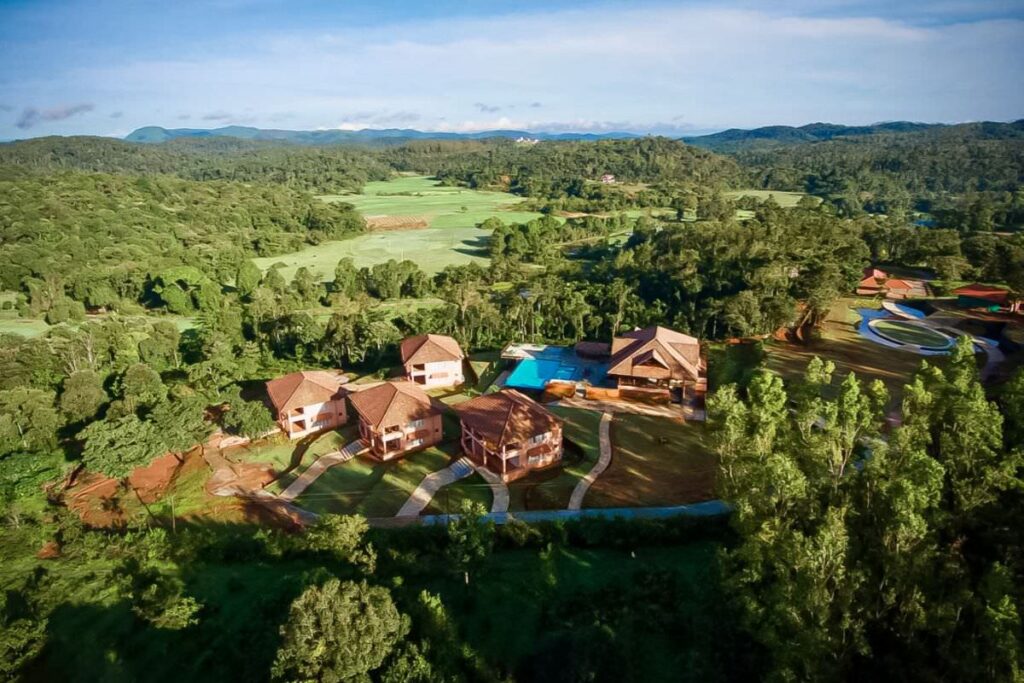
6. Sakleshpur, India: The Quiet Side of the Western Ghats
Remote Travel: Jungle escapes, slow train rides, zero crowds
Stay at: The Rainforest Retreat – an organic farmstay in the misty hills
Eat at: Hearty Kodava cuisine cooked by locals: pork curry, bamboo shoot stew, spiced coffee
If you want to disappear without losing your sense of place, Sakleshpur is the move. Nestled in the misty Western Ghats of Karnataka, it’s a region of lush hills, cardamom plantations, and barely any tourists.
Take the slow toy train through tunnels and across trestle bridges, wake to the sound of hornbills, and walk dirt paths where the only company is the odd cow or chattering monkey. The Rainforest Retreat is fully solar-powered, and its meals come from the land around it. Off-grid, but full of life.
Visit local spice farms, hike through coffee estates, or just swing in a hammock as cicadas pulse through the dusk. It’s not just escape—it’s reconnection.
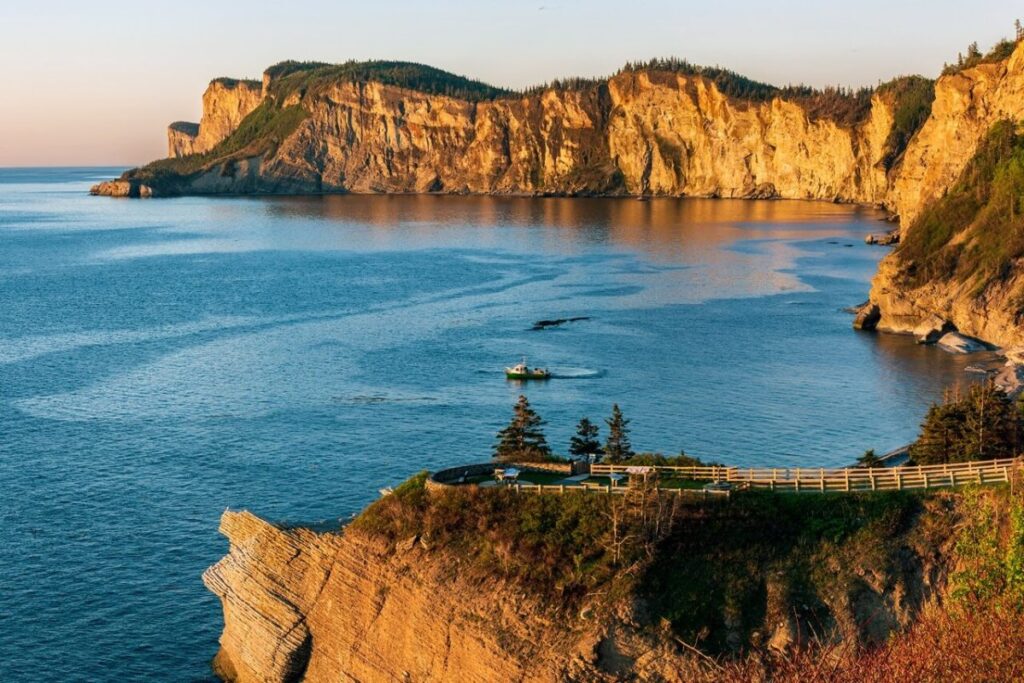
7. Gaspé Peninsula, Quebec, Canada: Seaside Isolation Done Right
Remote Travel: Road tripping, cliffside camping, moody maritime vibes
Stay at: Chic-Chac in Murdochville or a tent at Parc National de Forillon
Eat at: Maison du Pêcheur – for lobster rolls and unbeatable sea views
Gaspé is what happens when you take coastal Canada and crank up the drama. Sea cliffs, whale sightings, boreal forests, and not a Starbucks in sight. In summer, the sun rises before 5am and barely sets—just enough time to wander empty trails, eat wild blueberries, and nap on driftwood-littered beaches.
Drive along Route 132, past weathered lighthouses and tiny villages. Stop for smoked salmon, pickled fiddleheads, and fresh cod. You’ll hear more seagulls than people. And that’s perfect.
You can drive here from Montreal in a day (long but doable), or take the overnight train to Matapédia. Once you’re there, get in to true remote travel mode, switch off the phone, and tune into the rhythm of wind, water, and wandering.

8. Tavan Bogd, Mongolia: Horses, Mountains, and Nothing Else
Remote Travel: Total disconnection, nomadic culture, epic landscape immersion
Stay at: Nomadic ger camps arranged through local guides
Eat at: Home-cooked meals with herders—mutton dumplings, yak milk tea
Tavan Bogd National Park, tucked into Mongolia’s remote west, is one of the hardest places to reach on this list—and that’s exactly why it belongs here. Expect long drives, zero reception, and an overwhelming sense of stillness.
Travel with a local guide, sleep in traditional gers, and ride horseback through alpine meadows where golden eagles fly overhead. You’ll learn to slow down in a way that modern life doesn’t allow. Mongolian summers are short and sublime—like stepping into a pastoral dream that stretches to the edge of the sky.
This isn’t tourism. It’s timelessness.
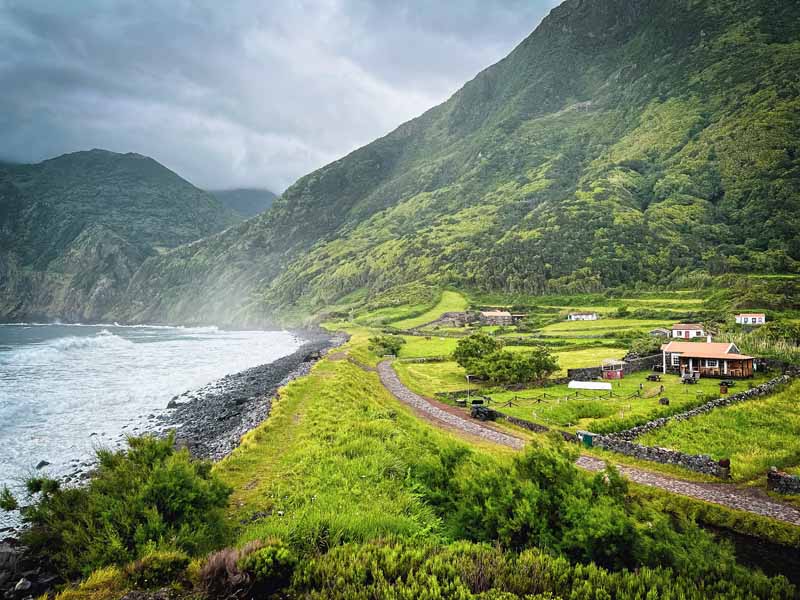
9. São Jorge Island, Azores: Europe’s Hidden Eden
Remote Travel: Volcano trekking, cow-dodging, cheese and cliffside views
Stay at: Casa do Zé – Retreat House
Eat at: Sabores Sopranos – family-run seafood with unbeatable garlic octopus
Yes, it’s technically Europe—but São Jorge is the anti-Barcelona. No crowds. No queues. Just cows, cliffs, and crater lakes. One of the lesser-known Azores islands, it’s ideal for summer travel: not too hot, barely touristy, and stunning at every turn.
Hike the Fajãs (those wild lava plateaus), swim in volcanic tide pools, and eat like a king—cheese, honey, fish—sourced entirely from this tiny island. You can get here via ferry or puddle-jumper flight from São Miguel, but once you arrive… good luck leaving.

10. Tasiilaq, Greenland: The Edge of Everything
Remote Travel: Ice hikes, Arctic air, quiet that echoes
Stay at: The Red House – cozy lodge run by locals and explorers
Eat at: Local catch and Arctic char stew cooked by Inuit families
We end at the edge. Tasiilaq, on Greenland’s east coast, is one of the most remote towns in the Western world. Surrounded by glaciers and silence, it’s a place that resets your definition of “quiet.”
Days here are for glacier hikes, dog-sledding even in summer, and meeting the people who call this frozen landscape home. The Red House is a beacon of comfort—and conversation—for those who venture this far. Electricity is limited. The views are eternal.
Final Notes for Remote Travel Lovers
Every place on this list is off the grid in a way that matters. These are not places to check in. These are places to check out—of stress, burnout, constant scrolling, and the chaos of the modern world.
Before you go:
Bring a journal, not a laptop.
Pack for all seasons—remote places often mean wild weather.
Be generous with your presence—support local guides, home stays, and community-run eateries.
And most importantly, don’t schedule too much. Part of recharging is learning how to be still.